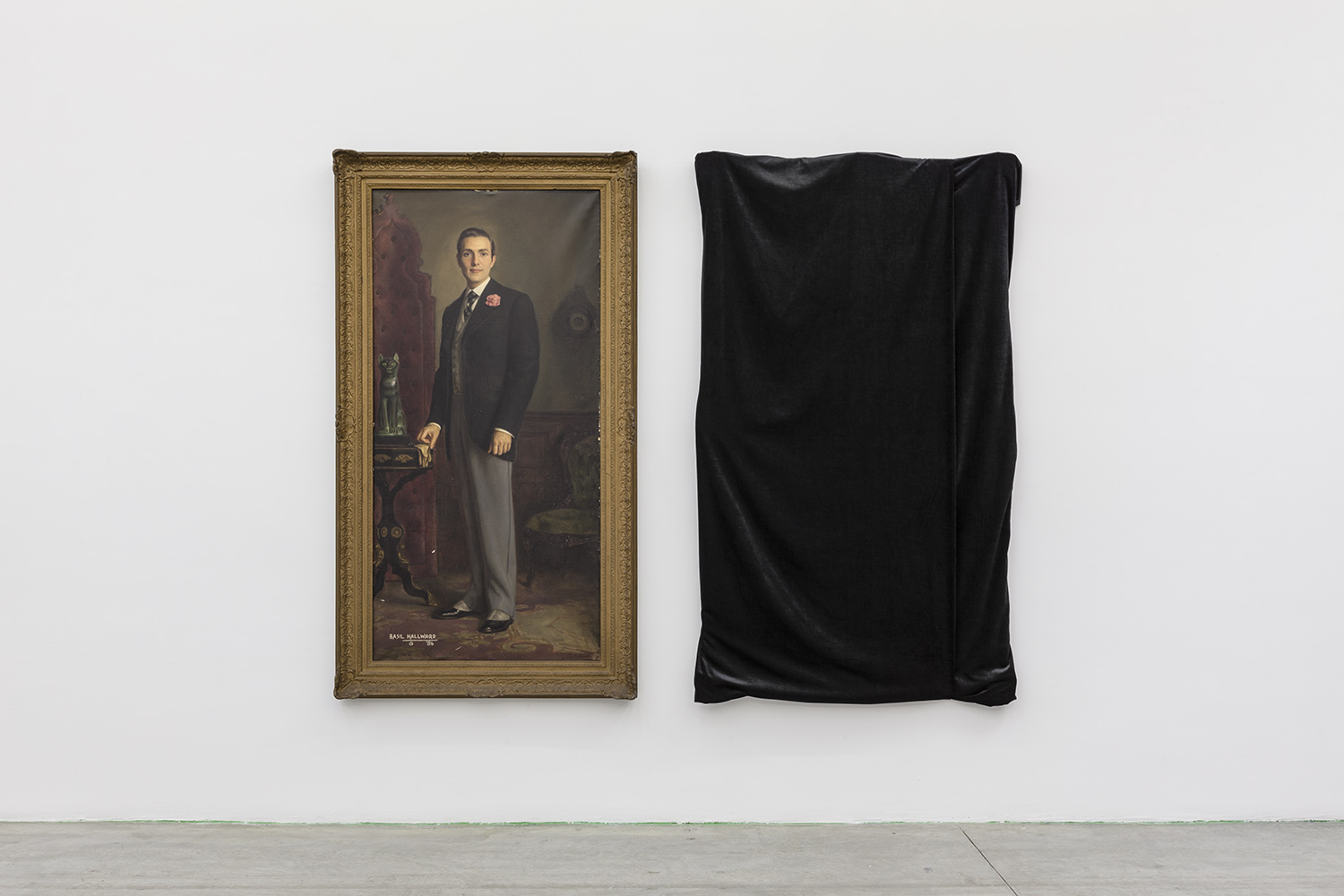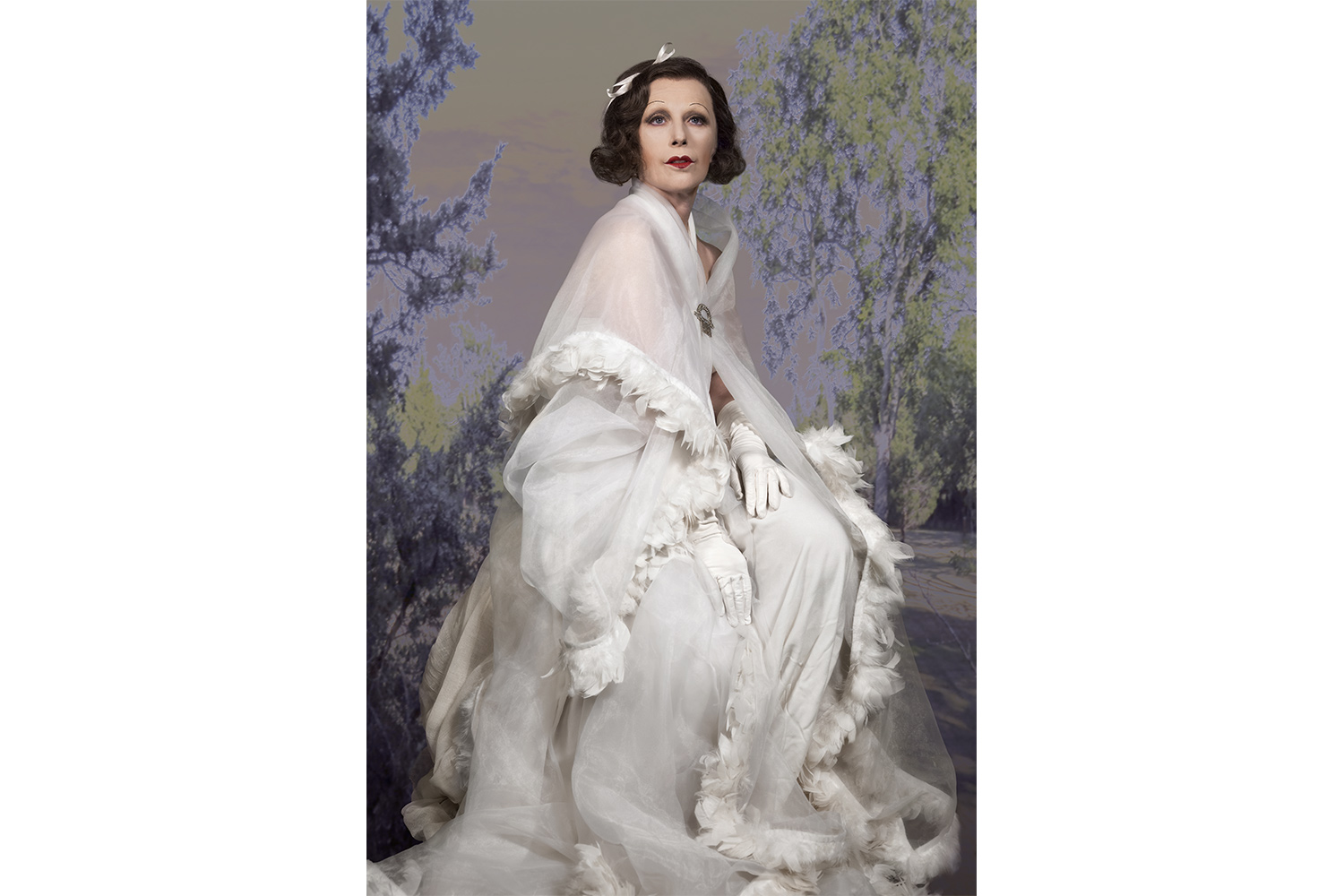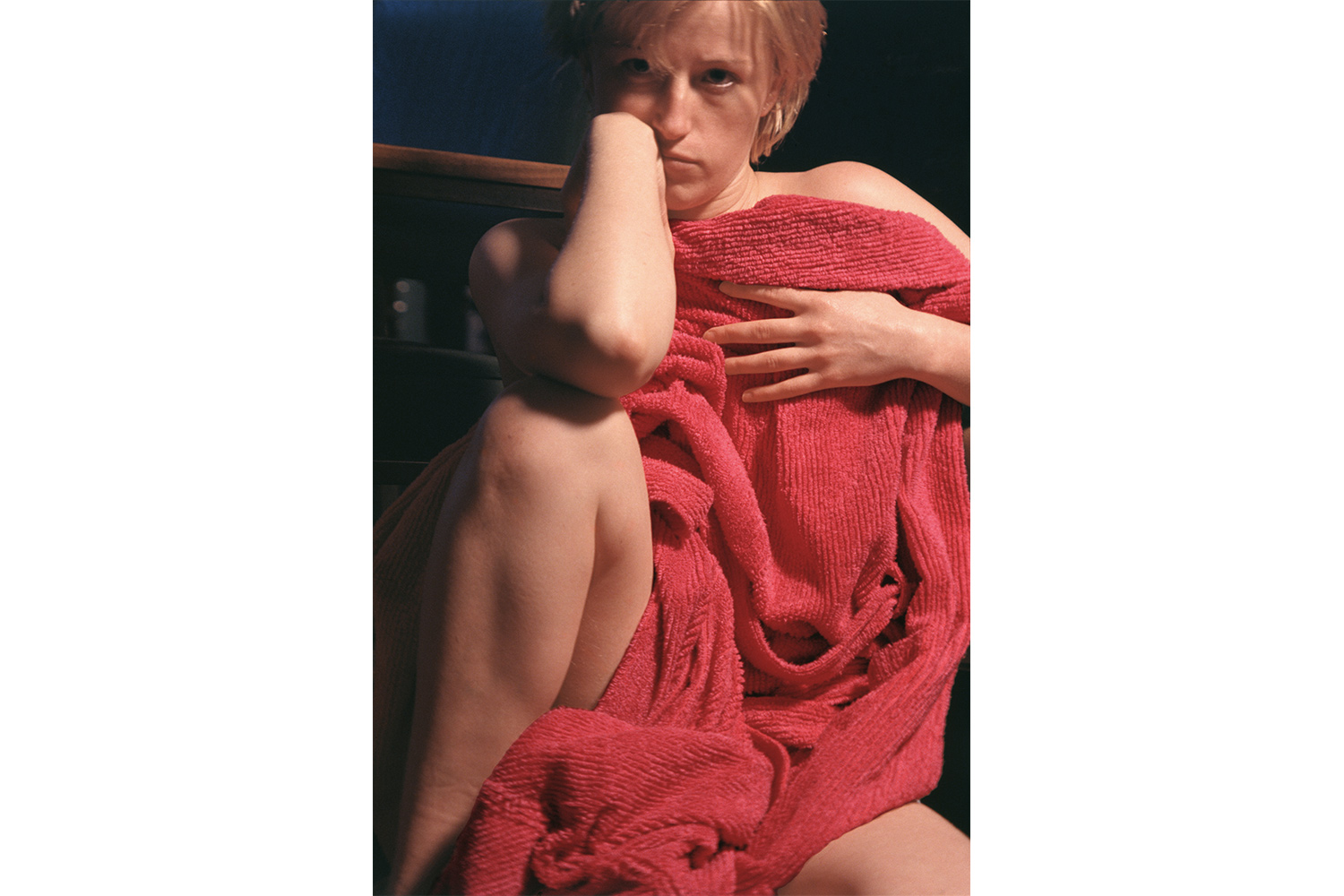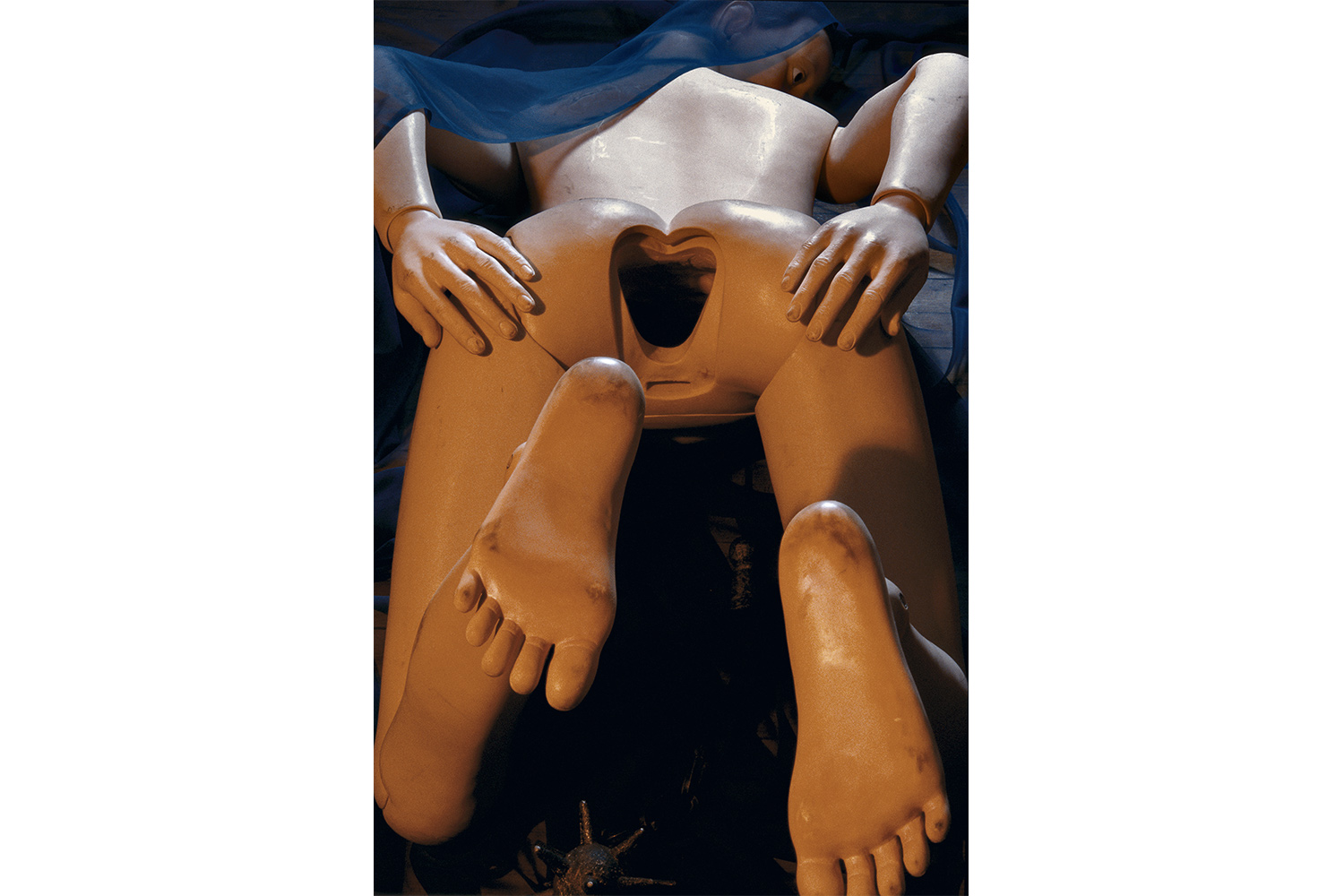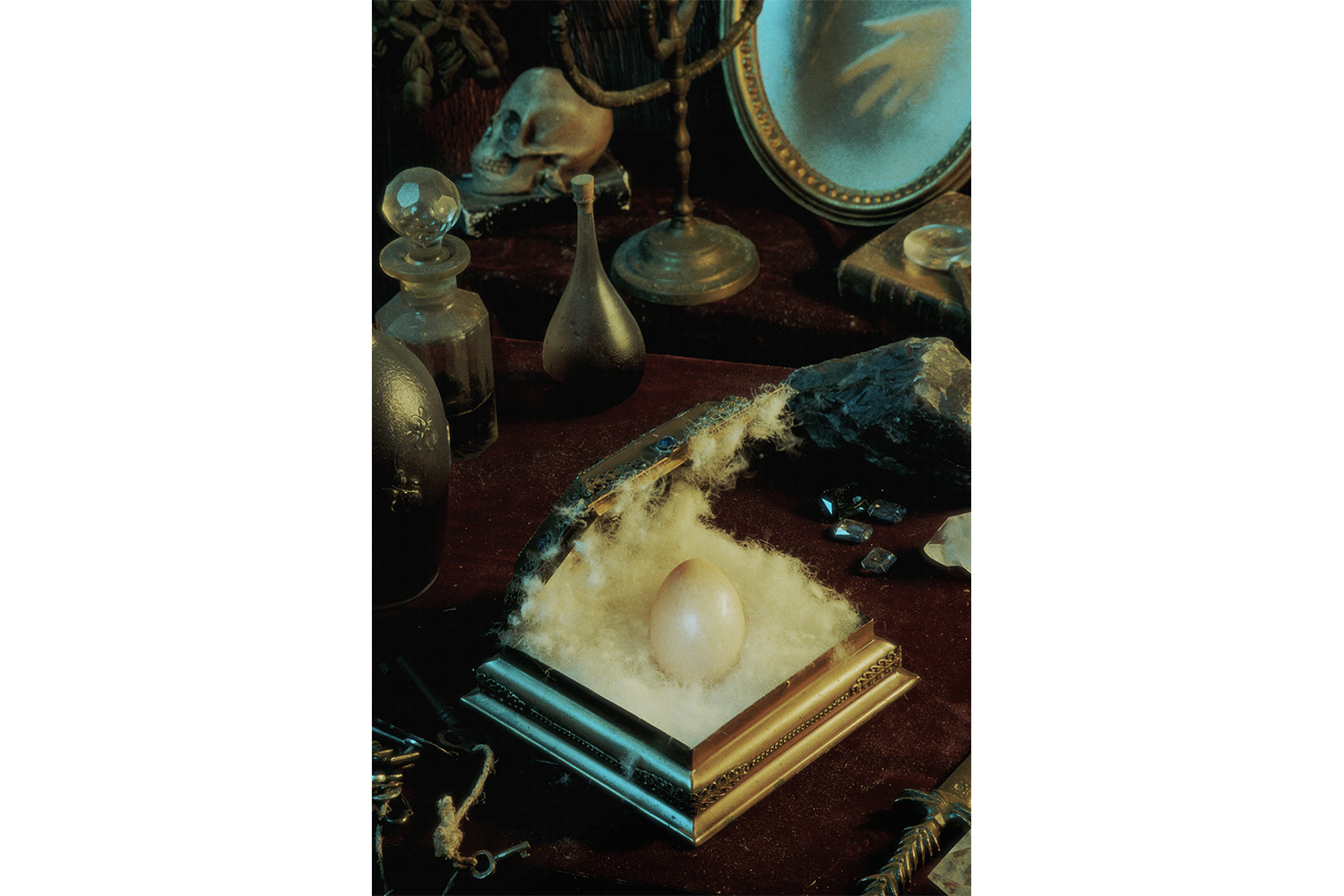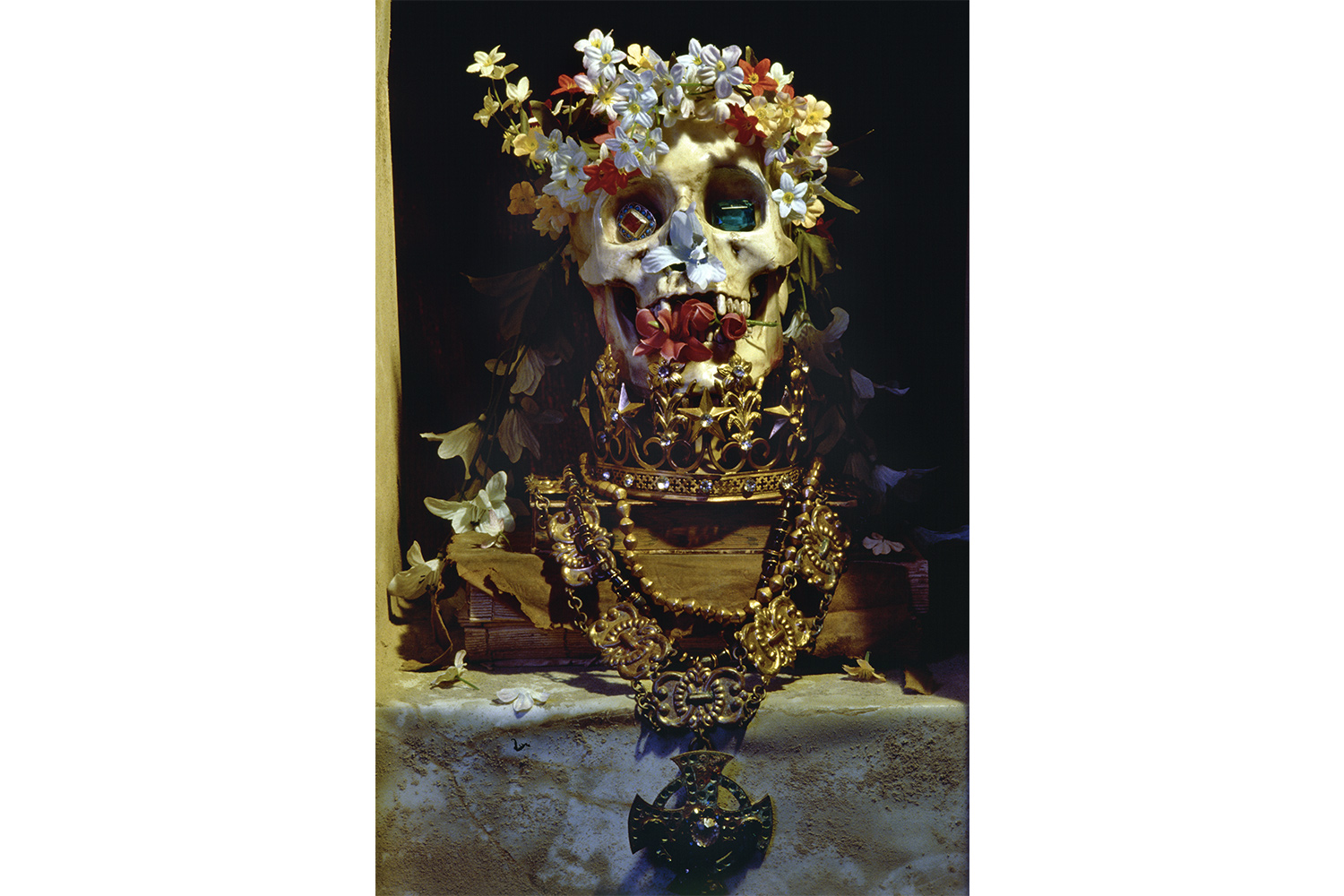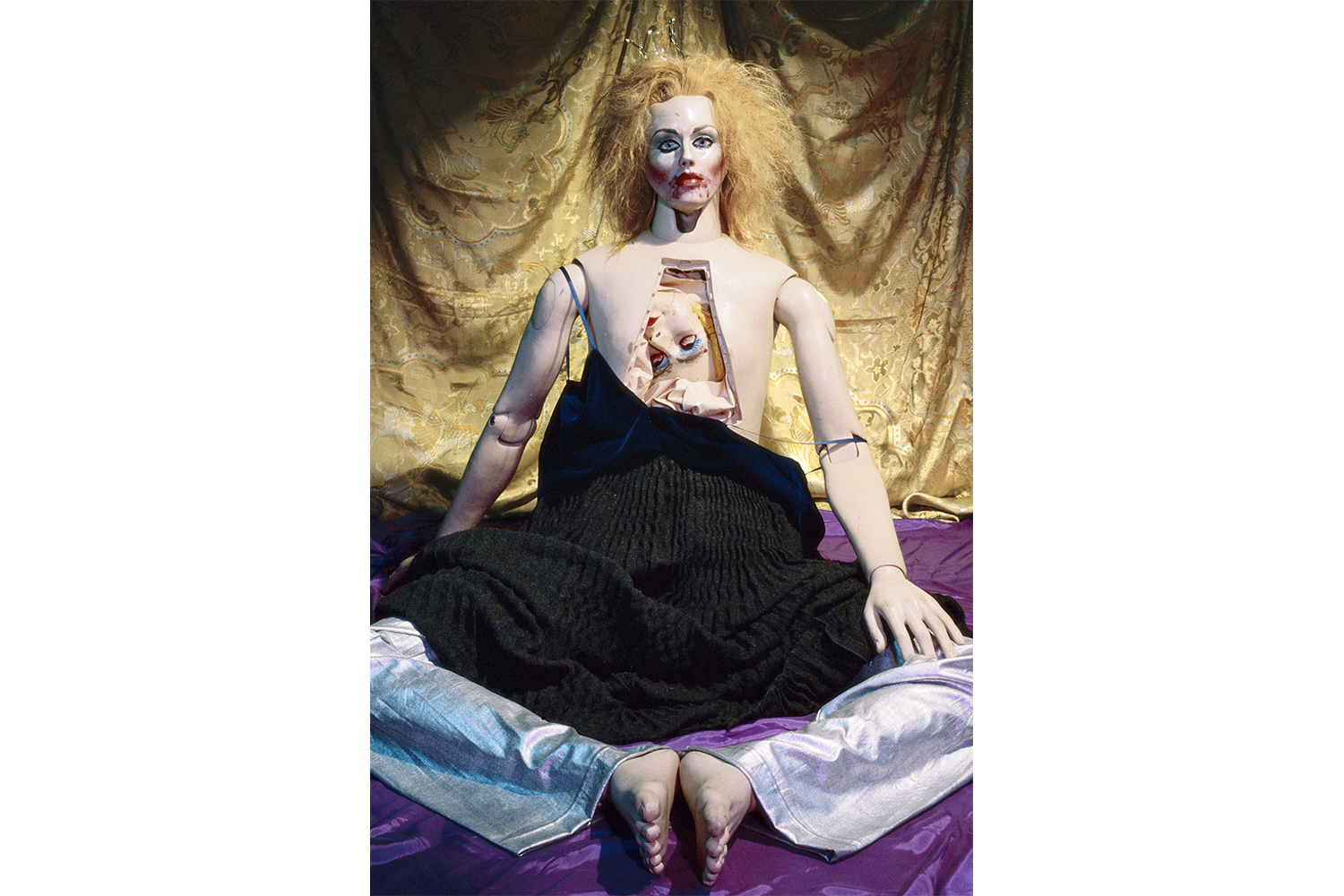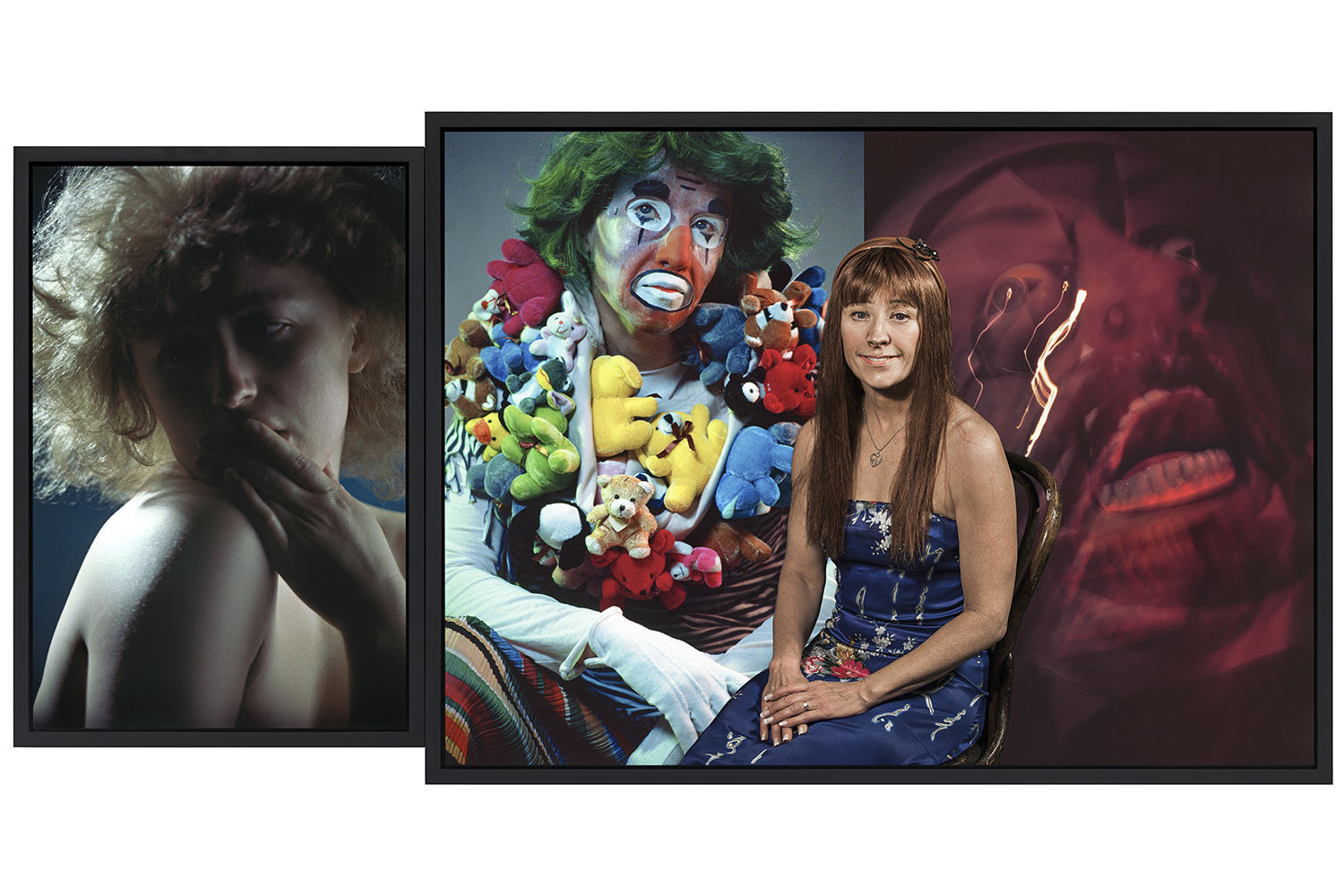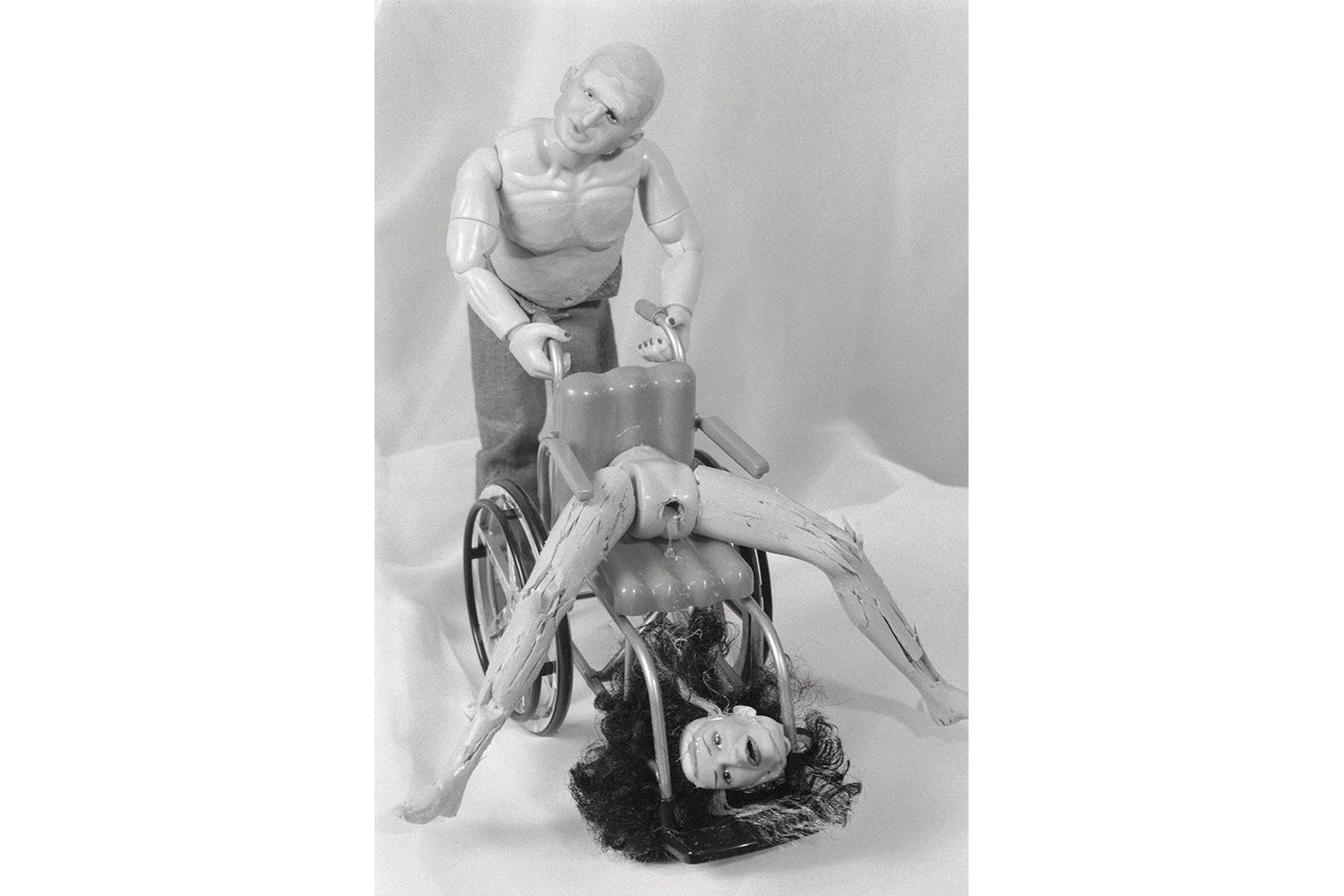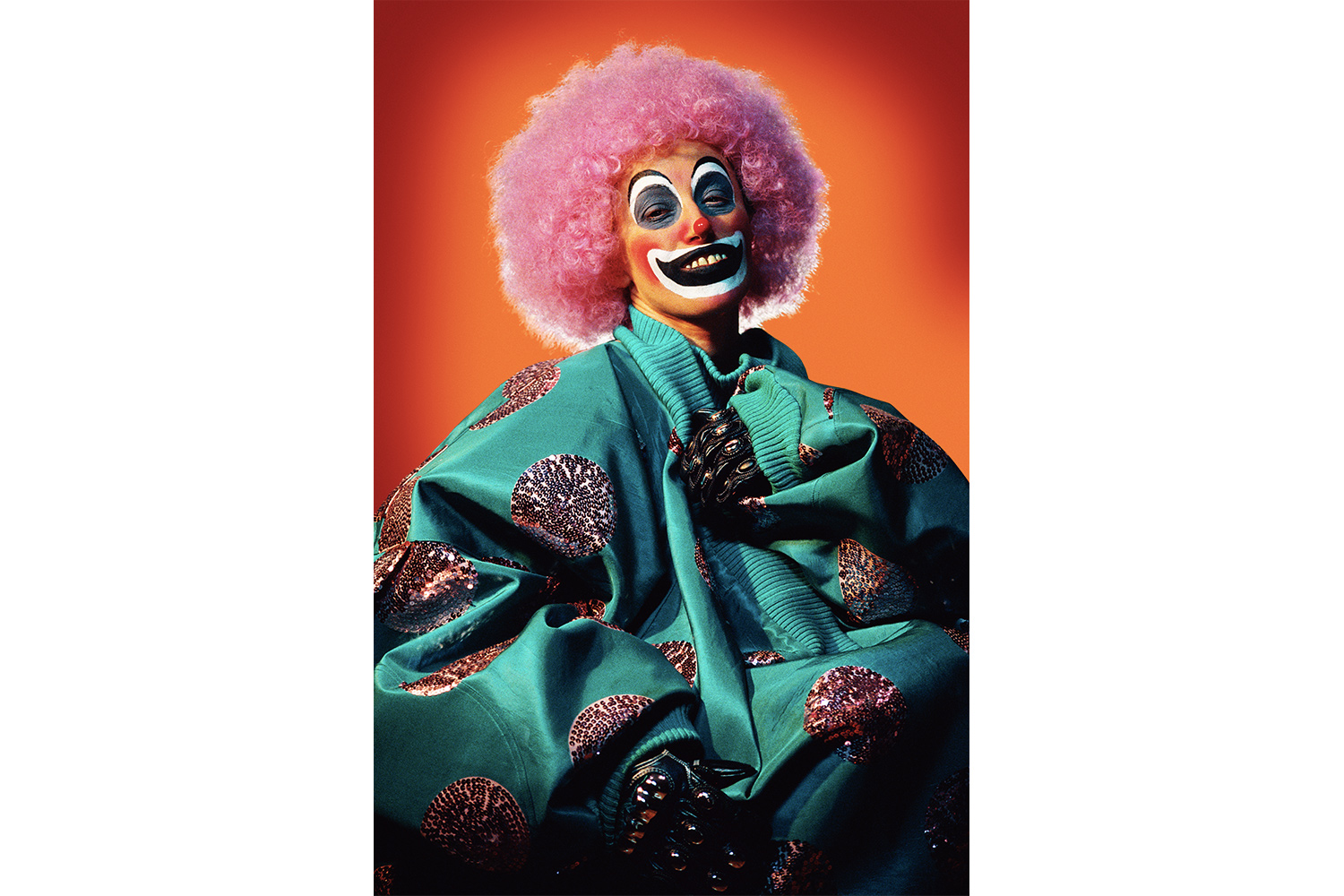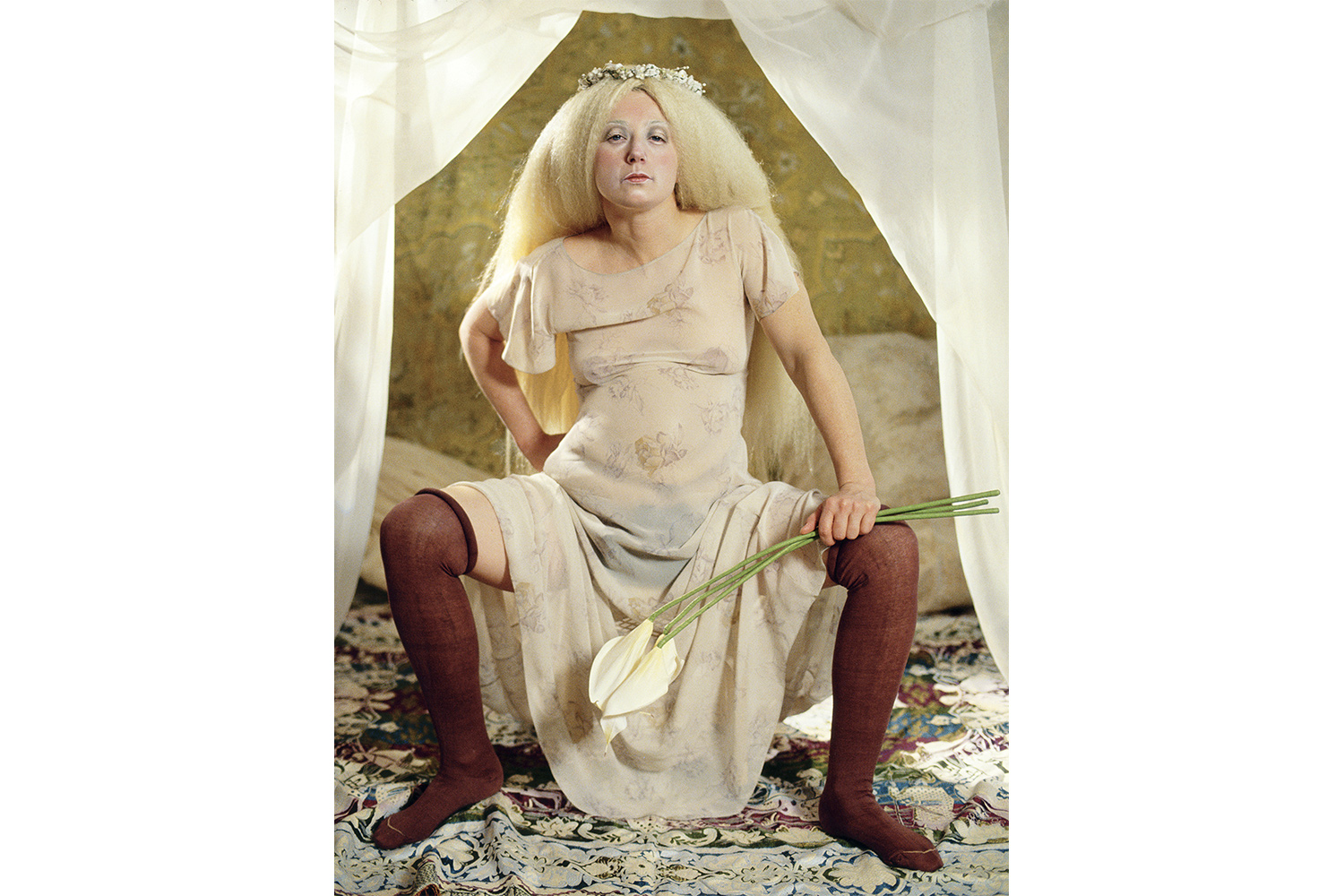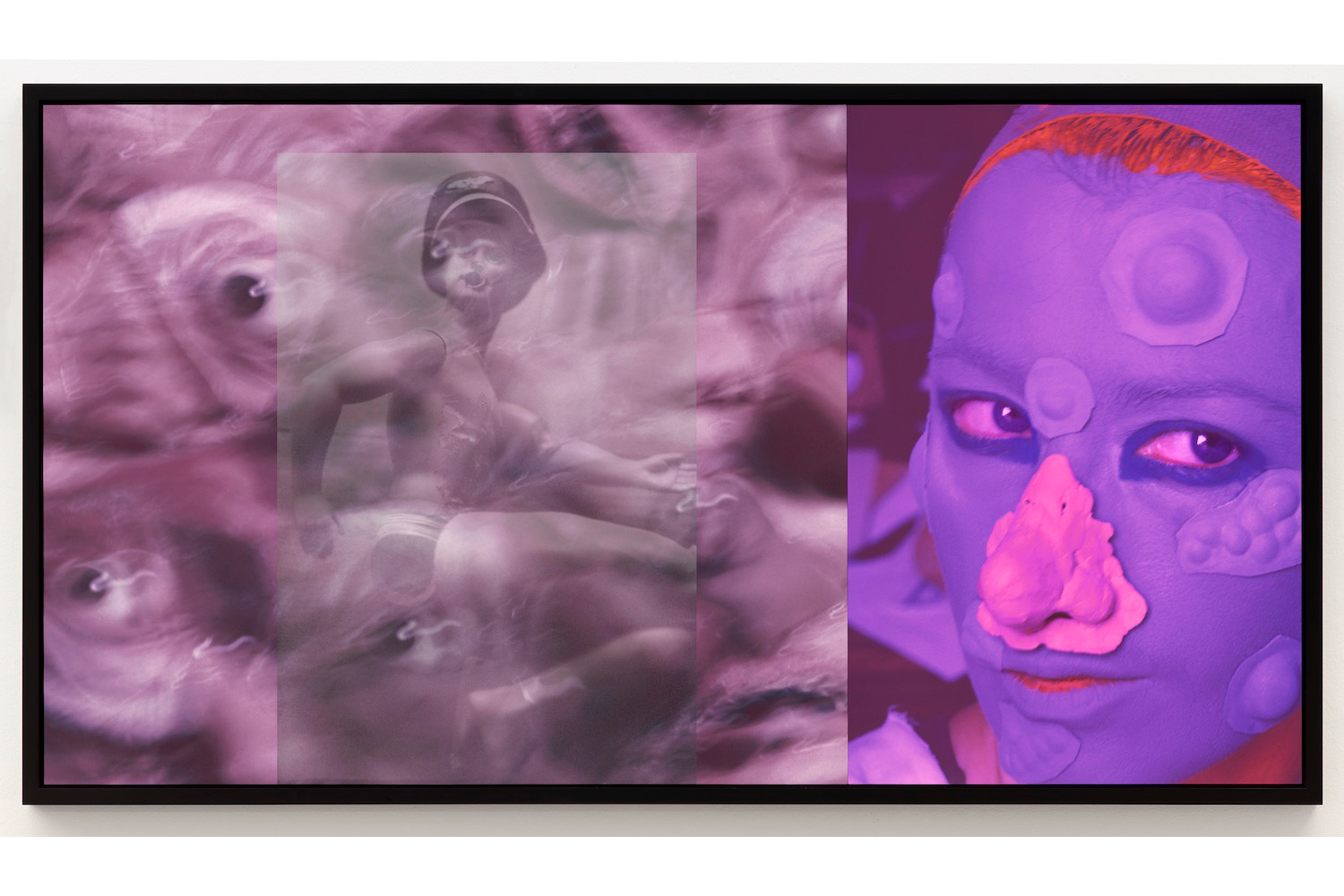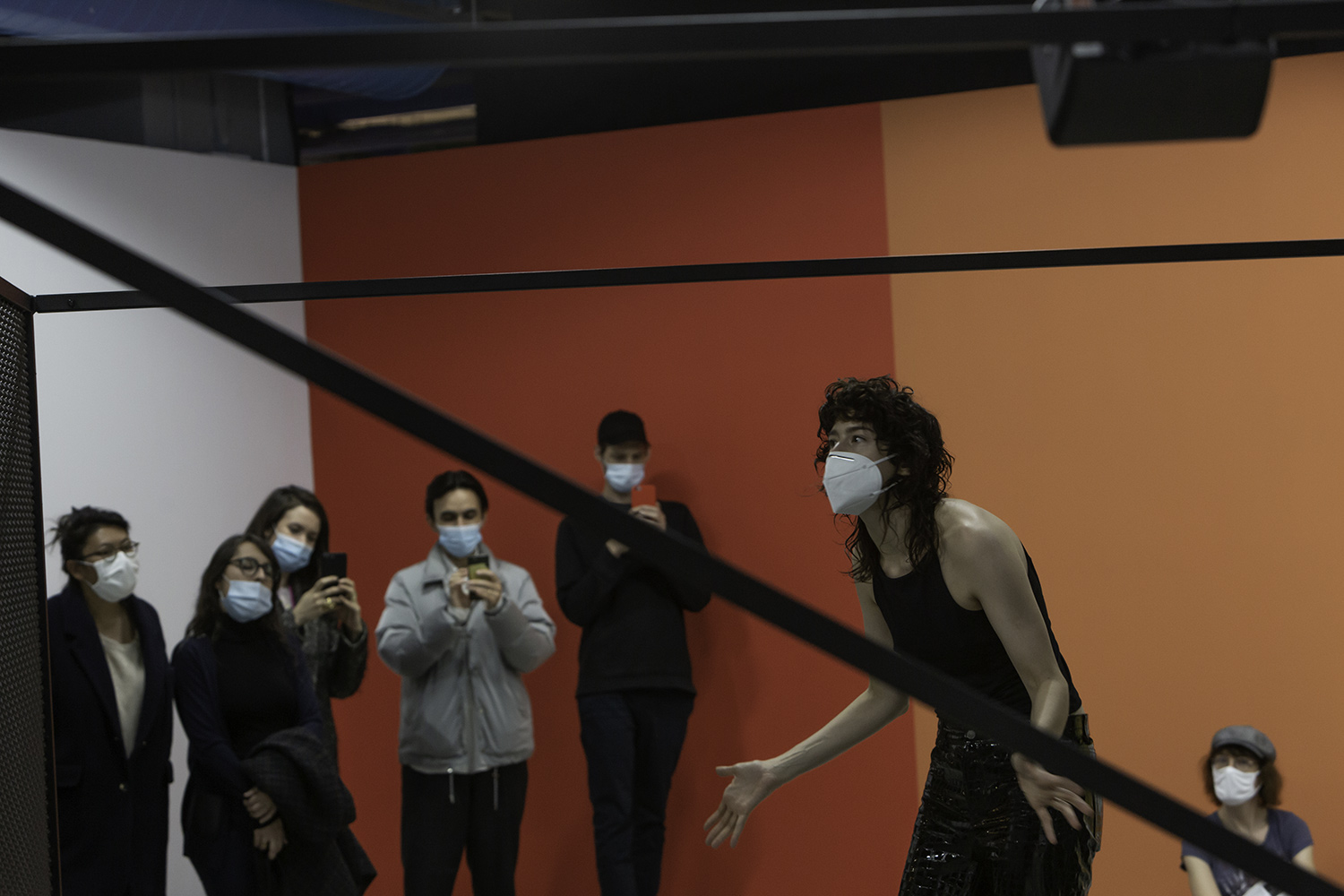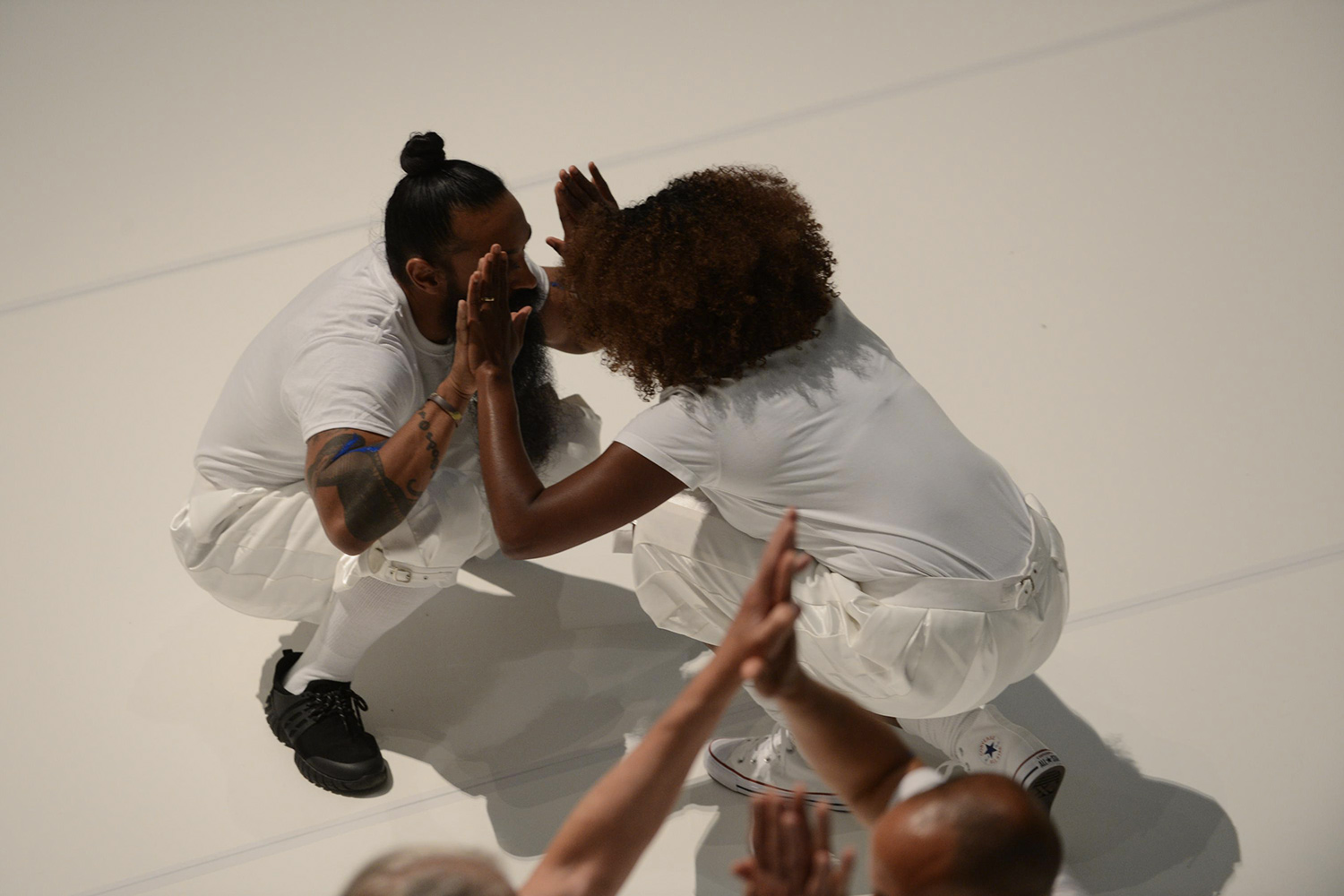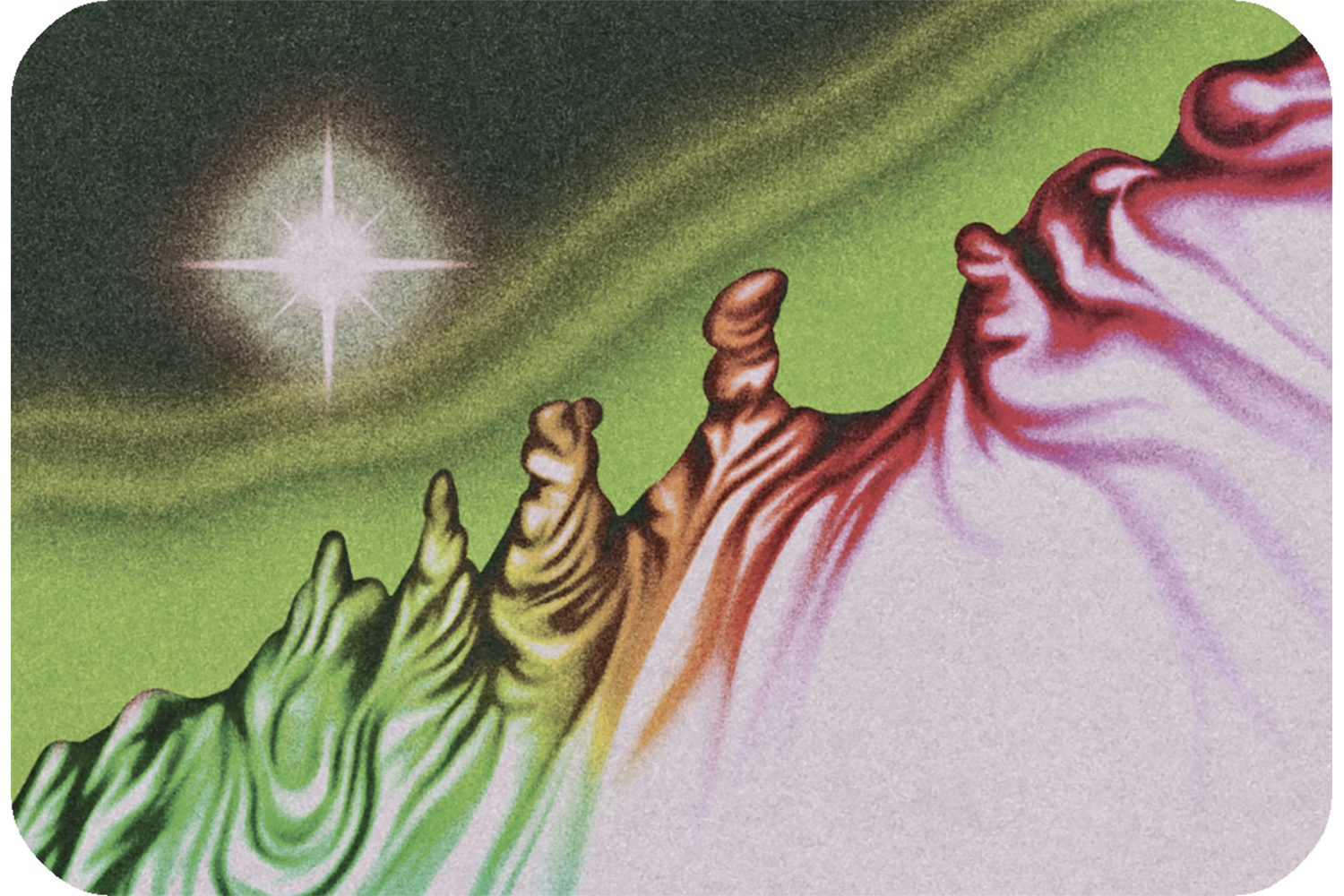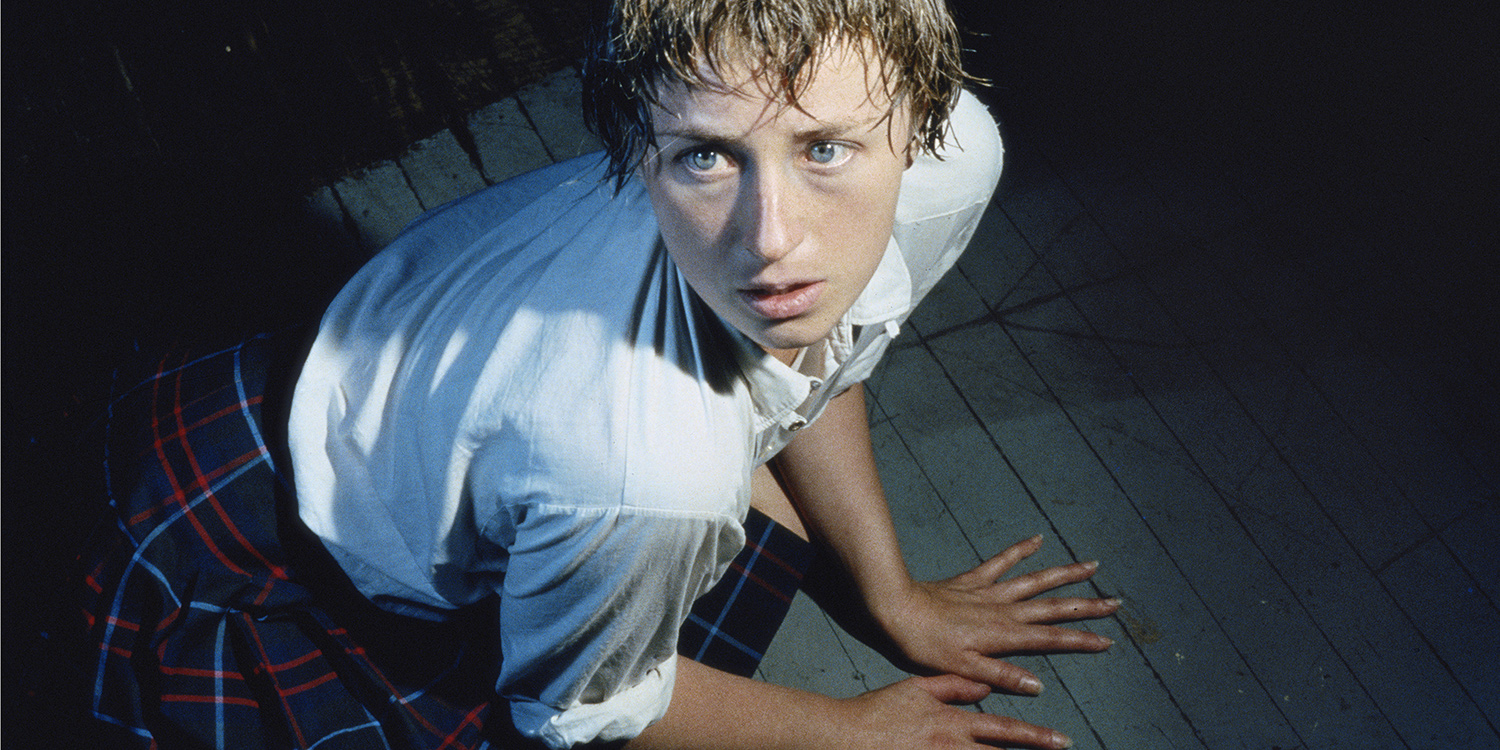
“It’s almost an impression of how the character sees her environment, not how we would see it — or if she saw herself in a dream, this is the background she’d see.”
– Cindy Sherman
“Perhaps one key to the puzzle is the picture Cindy deemed ‘perfect.’ Which picture did the trick and why did it move her to tears? It is the woman in white, sitting in front of a murky yet somehow exquisite backdrop, whose unwavering gaze is steely. Until you look deeper. Then you see in that gaze a lifetime of what was, what wasn’t, what could have been and acceptance of what is.”
– Betsy Berne1
Some time ago, while discussing a more squarely academic paper I had written on Cindy Sherman while a PhD student at the Graduate Center, CUNY, the art historian David Joselit said to me, “Cindy isn’t afraid of being ugly.” My memory is rather scattershot, but when it comes to my time in New York, I remember hookups (the bad ones, the should-have-been-good ones), movies, every square inch of the walk from Washington Square Park to SoHo, and this comment. Feminist misgivings about the male gaze aside, what struck me was the certainty with which the comment was made, indeed a variety of certainties: that we can discern the artist’s intention, that being ugly must inspire fear (in fairy tales and melodramas, sometimes the most beautiful souls are ugly indeed or end up victorious), that queer art history is just a series of iterations of Winckelmann’s horny aesthetics, that the implication might be that I myself am ugly too, that being ugly is undesirable but intellectually interesting.
I thought of this comment when the self-professed anti-establishment members of the art press were infuriated by Sherman’s Instagram selfies.2 As I recall, it was originally a private account and then one day Sherman decided to make it public, which everyone assumed meant it was suddenly Art and available for Critique. Surely we forget that any self-presentation to the world, perhaps epitomized by Sherman’s career-long accomplishment, or so it seems, of just that, brings with it the primal fear of rejection, the memory of being the kid who shows up in a weird outfit to a party at a cool guy’s house in high school. This is not to say that Sherman is some kind of tortured and delicate artist who is immune from the all-important Discourse. I just wonder what it would mean to let Sherman look like whatever she wants to look like and to use Instagram freely like the rest of us do (even celebrities) to post stupid and elevated shit alike that is not always a reflection of our aesthetic or intellectual lives. It is merely an unfortunate coincidence that Sherman’s work prefigured Instagram, thus causing her account to be equated with her work. Yet even as Sherman is a person, she has had the role of specter or monster (an evil twin, even) foisted upon her. Some see her as a spirit that relentlessly tempts our paranoid urge to interpret, to make the portrait into the person and the canvas into flesh, to reject fairy tales as merely decorative or utilitarian, like a tureen or a weaving.
The first step to changing our relationship to the work is changing our relationship to the mountain of discourse. I always try to center the work of Betsy Berne, one of Sherman’s close friends and, to my mind, one of Sherman’s most astute “interpreters.”3 Yet what is so different, so appealing about the discursive relationship between Berne and Sherman is that they neither interpret nor purport to be against interpretation in the Sontagian sense. In fact, Berne pleaded (to us, to the reader) in an interview with Sherman, “don’t quote me” — even as that interview is second to none in terms of quotability.4 The art-historical and art-critical establishment, which has incessantly and, perhaps even aggressively, appropriated Sherman and her work since the late 1970s (indeed, she has been turned into a didactic fairy tale, as have Laurie Simmons, Barbara Kruger, Louise Lawler, and Sherrie Levine), would suggest that turning to the Friend of the Artist undermines the bedrock of criticality and deconstruction and the denuding of myth. I think that fear though comes from the knowledge that, friend or not, at the heart of Sherman’s work (and Berne has always best explained this) is neither critique nor earnestness nor earnestness-as-a-rebuttal-of-critique. Likewise, a character in art and film is neither good nor bad, critical nor complicit, ugly nor beautiful, because a “character” is an inner life wrapped tentatively within an archetype, and no truly felt and lived and written inner life can be wrong or retrograde. One more quote from Berne and one more from Sherman:
So, let’s skip the academic readings, and let’s skip the inevitable Cindy Sherman and feminism conversation. As she said to me in [a 2003 interview], “The work is what it is and hopefully it’s seen as feminist work, or feminist-advised work, but I’m not going to go around espousing theoretical bullshit about feminist stuff.” And could we please skip the “Cindy Sherman’s work subverts the male gaze” too? Let’s just say it wasn’t ever her conscious intention. As for classifying her works as self-portraits and discussing “Who is the real Cindy Sherman?”… please.5
In order to not fall into any of these traps, it might be equally gimmicky to just write about a work that no one has considered yet that actually deflects the conversation away from Sherman herself. Deflating the myth of the academic, archival “discovery” is pretty easy with Sherman’s work, since her massive output leaves a number of series and individual works largely untouched in favor of the generalities of theory. It is not difficult, actually, to find work by Sherman about which there is no writing. And easiest of all might be work that evades the “Cindy Sherman is in it” versus “Cindy Sherman is not in it” binary: Evil Twin (2016), exhibited at the Swiss Institute in 2016. On the left is Henrique Medina’s painting used for the 1945 film adaptation of The Picture of Dorian Gray, and on the right is an object of the same size wrapped completely in black velvet. The exhibition text calls the second object, the obscured one, a “secret painting.” We might expect (rightly or wrongly, who cares?) a painting of Sherman, but in fact what is underneath is only a painting of sorts: an old mirror frame.6 Sherman is not “there” or “not there.” Essentially here she is a curator, even though for many theorists of her work, that moniker would be derided.
What interests me most is the desire to have an artifact from (what I assume to be, though I cannot verify) a favorite movie, which is not unlike the desire to post about whatever one wants on Instagram. Perhaps Sherman has been working her whole life for many different things, and one of them is the chance to obtain the “actual” painting from Dorian Gray, what surely must have been a logistical and financial feat, and to create a situation, or art, in relation to it. That is powerful, and that is a marker of success for a fan, and I think that Sherman is above all a fan, not in the demeaning sense of an insult in The Real Housewives of Atlanta to a peripheral character but in the truest meaning of someone who passionately loves, consumes, shares, and contemplates culture.
And at the core of being a fan is identification, which has largely been sidelined in the conversation on Sherman’s work in favor of projection.
For instance, Hal Foster’s writings on Sherman are not all that different from Joselit’s statement about ugliness inasmuch as they both involve the skin graft of paranoid theorization (held only by the critic and not by the artist or the viewer) as a marker of beauty. Foster uses Sherman above all to project his anxieties about identity politics, which is, after all, a politics of identification: as the oppressed, as a femme person, as queer. The fear is that such activist identifications will leave the critic or historian with pure politics and no form to interpret, resulting in pure “trauma discourse” evinced by the proliferation of Foster’s strange and gendered list of complaints: “therapy culture, talk shows, and memoir-mongering.”7 More specifically, of Sherman’s fairy tale and sex pictures, Foster claims that the photographs present the object-gaze “as if there were no scene to stage it, no frame of representation to contain it, no screen.”8 Yet there is a stage and there is a screen, and this assertion does not come from an aversion to theory, which was and remains the framework that sustains me. But it must be said that it is not all that difficult to have a “frame of representation” for these pictures beyond abjection and ugliness, not only in the debased discourse of genre, but also in the recognition that some of us (in a not-purely-Freudian way) have wanted to be glamorous and dead. Some of us have felt like the villain of a fairy tale: ugly but good-natured somewhere within.
What would it mean, for instance, for one to want to be a (ugly) character in Sherman’s photographs as one might want to experience the grand emotions played out on screen? It is not even a matter of empathy or criticality, really, but rather a mere recognition of desire; totally absent in the discourse is the idea that one (us or Sherman) could want to be one of these archetypes despite their problematic or self-destructive or unattainable tendencies.
If we take the quote with which I began this essay as “evidence,” we see that Sherman thinks this way: that she wants to see what her characters see, feel what they feel, which is not at all the same as the work being autobiographical or documentary. For identification is not autobiography, and identification implies a different kind of distance than projection.
The former implies that we are aware of the distance between us and a character, that we can never be that beautiful, that young, that redeemably ugly. Our desires are self-consciously bounded, like the picture of Dorian Gray that is relentlessly rendered as object, as other, as unachievable ideal by being cloaked like just another curio. But in that boundary, of course, lies the pleasure, even if it is brief.
Notwithstanding the obvious (that the protagonist is a female photographer) I am drawn to talk about another thing that is not Sherman — Catherine Breillat’s 2001 film Brève traversée (Brief Crossing). This film, like Breillat’s other work, is a fairy tale — this time not about Bluebeard or Snow White, but an approaching-middle-age, archetypally unhappy woman and a sixteen-year-old boy who knows he is beautiful. He knows he is beautiful, and he is as aimless and indolent as Oscar Wilde and Dorian Gray, but he does know that he could, should he want to stop wandering, make a killing doing plastic surgery for female clients. The unlikely twosome fuck despite or perhaps because of the woman’s avowed hatred for men, specifically her husband who she allegedly had just left for a new life. At one point, she muses, “Nothing is more real than parables.” The truly shocking finale (second only to that of Breillat’s Fat Girl) causes that statement to resonate in a different way, in a way that underscores the pleasure of boundaries. Suffice it to say, provisionally and perhaps in a clichéd fashion, that nothing could better describe Sherman’s work than the reality of parables. Sherman, Wilde, Gray, Breillat: it is all as much “about” gender and sexuality and age and art history as it is “about” optimism and cruelty and regret and the empathy one has for a fictional entity who we will never know and who will never know us, or, for that matter, a nonfictional entity who we love so much that we seek to turn him and ourselves into a caged fiction, into the handsomest man or the most decadent image or the perfect woman in white.

